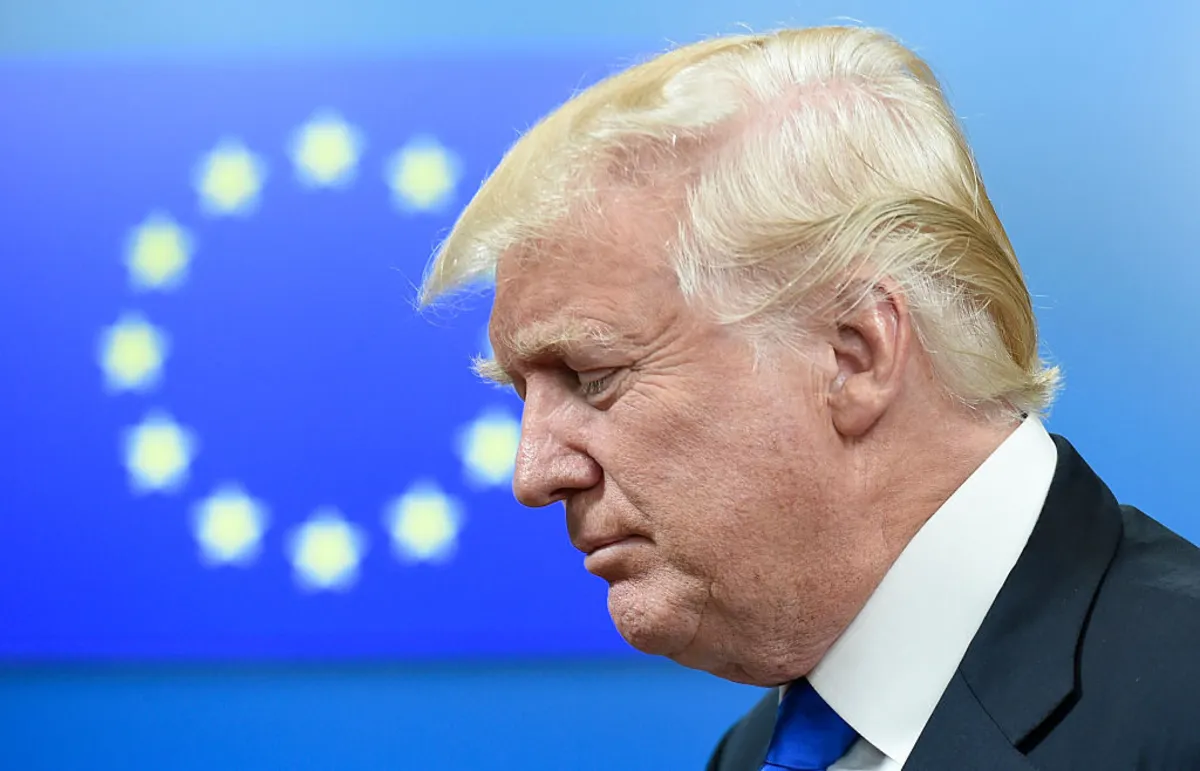
On Friday, Donald Trump revealed a shocking 50% tariff on goods imported from the European Union. This tariff is scheduled to take effect on June 1, 2025, unless the EU concedes to significant changes in their trade policies. This escalation from a previously set 10% tariff — which was due to increase to 20% after July 8 — has stirred diplomatic tensions and unsettled financial markets.
Trump's latest tariff proposal targets the EU's impressive $550 billion in annual exports to the US, while US exports to the EU amounted to $351 billion in 2022. The President has cited “unfair” trade barriers and the imbalanced trade balance as key reasons for this drastic measure, aiming to compel negotiations between the two economic powers. This announcement echoes the aggressive trade rhetoric from Trump's first term, during which similar tariffs were frequently discussed, albeit sometimes modified following pushback.
The European Union, a crucial ally of the US and the world’s largest trading bloc, now finds itself at a critical juncture in addressing this economic ultimatum. EU leaders have responded with a cautious approach, expressing a desire to avoid a full-scale trade war while also preparing for potential retaliation. Maros Sefcovic, the EU’s Commissioner for Trade and Economic Security, emphasized the need for a deal that is based on respect rather than threats. Irish Prime Minister Micheál Martin described the tariff threat as “enormously disappointing,” asserting it undermines a vital trading relationship and threatens global economic stability.
In response to Trump's announcement, the EU has already drafted retaliatory tariffs worth $108 billion, targeting US goods, including agricultural products and machinery. This preparation reflects lessons learned from Trump’s previous term, when the EU countered US steel and aluminum tariffs with levies on American whiskey and motorcycles. Despite the potential for escalating tensions, public statements from Brussels suggest a strategy aimed at de-escalation while bracing for the economic impact.
Trump's earlier retreats on tariffs imposed on China indicate that he may be open to negotiations; however, a similar reversal is less likely this time. Making another U-turn would not only be politically embarrassing for the President, but it would also be complicated by the fact that the EU holds fewer leverage points compared to China. A trade war with Europe would have less impact on the US economy, and US store shelves are unlikely to face shortages, as many products labeled as “Chinese exports” are actually American goods manufactured abroad.
Trump’s stance is not without merit; he correctly points out that the EU has engaged in unfair trade practices. Over the past two decades, especially following the 2010-2011 eurozone crisis, the European Union has systematically suppressed domestic demand through policies of austerity, fiscal restraint, and wage compression. This self-imposed deflationary trajectory has not been accidental, but a deliberate strategy to enhance global price competitiveness while simultaneously reducing imports.
In effect, the EU has adopted a hyper-mercantilist, export-driven growth model, prioritizing trade surpluses over the internal economic development of its member states. This approach has negatively impacted both EU citizens, who face stagnating wages and underfunded public services, and its trading partners, particularly the United States, which has absorbed the EU's export surpluses in an increasingly unbalanced global economic relationship.
Trump’s tariffs should be viewed as an opportunity for Europe to confront the inherent flaws within the EU’s export-led economic model — a reckoning that is long overdue. In the short term, the EU might consider enhancing its economic and geopolitical ties with China, further diminishing US leverage in international trade discussions. However, it appears unlikely that such a scenario will unfold. The most probable outcome is that the EU will align itself closer to Trump’s confrontational stance on China, seeking trade concessions from the US while attempting to sustain an economic model increasingly challenged by the emerging post-liberal world order.